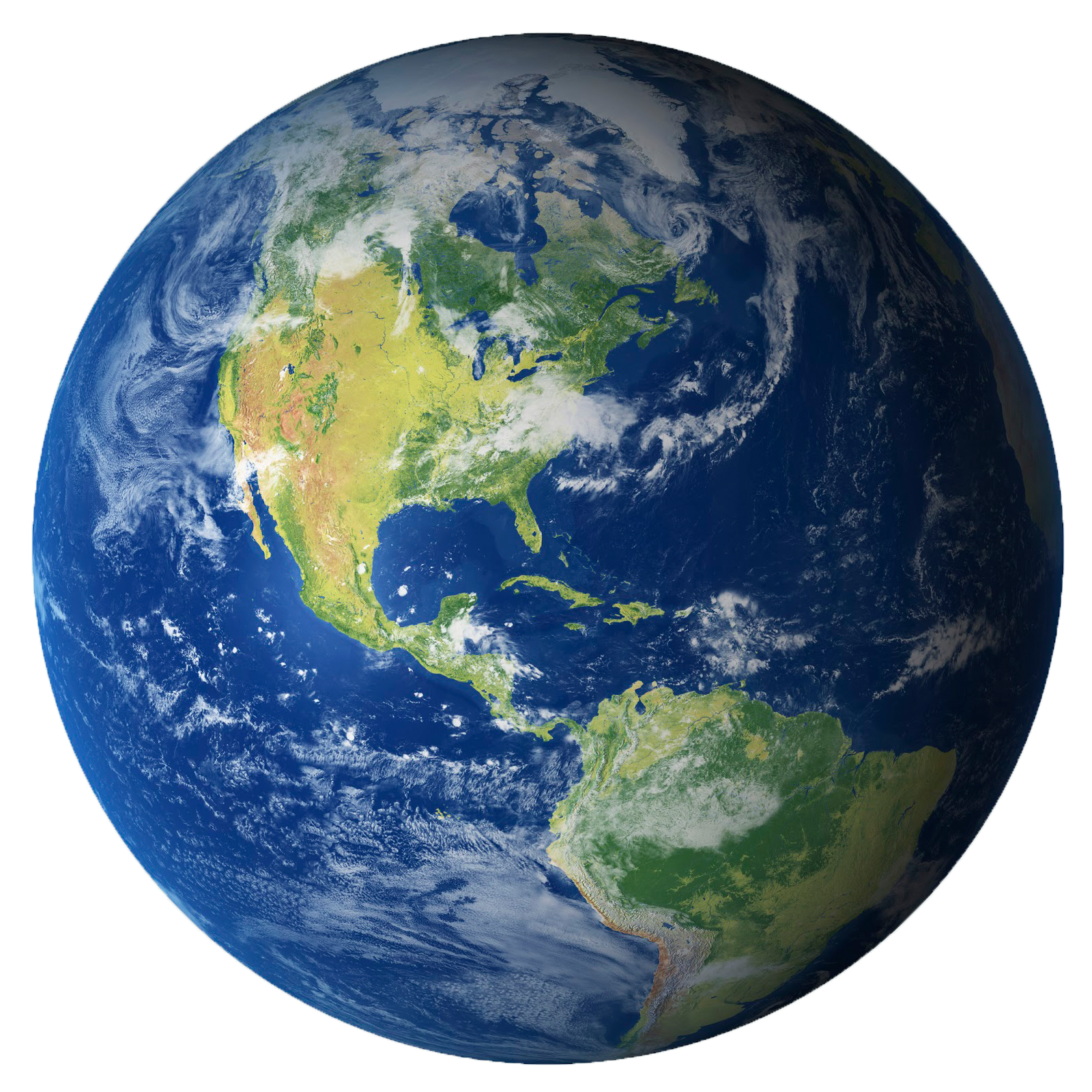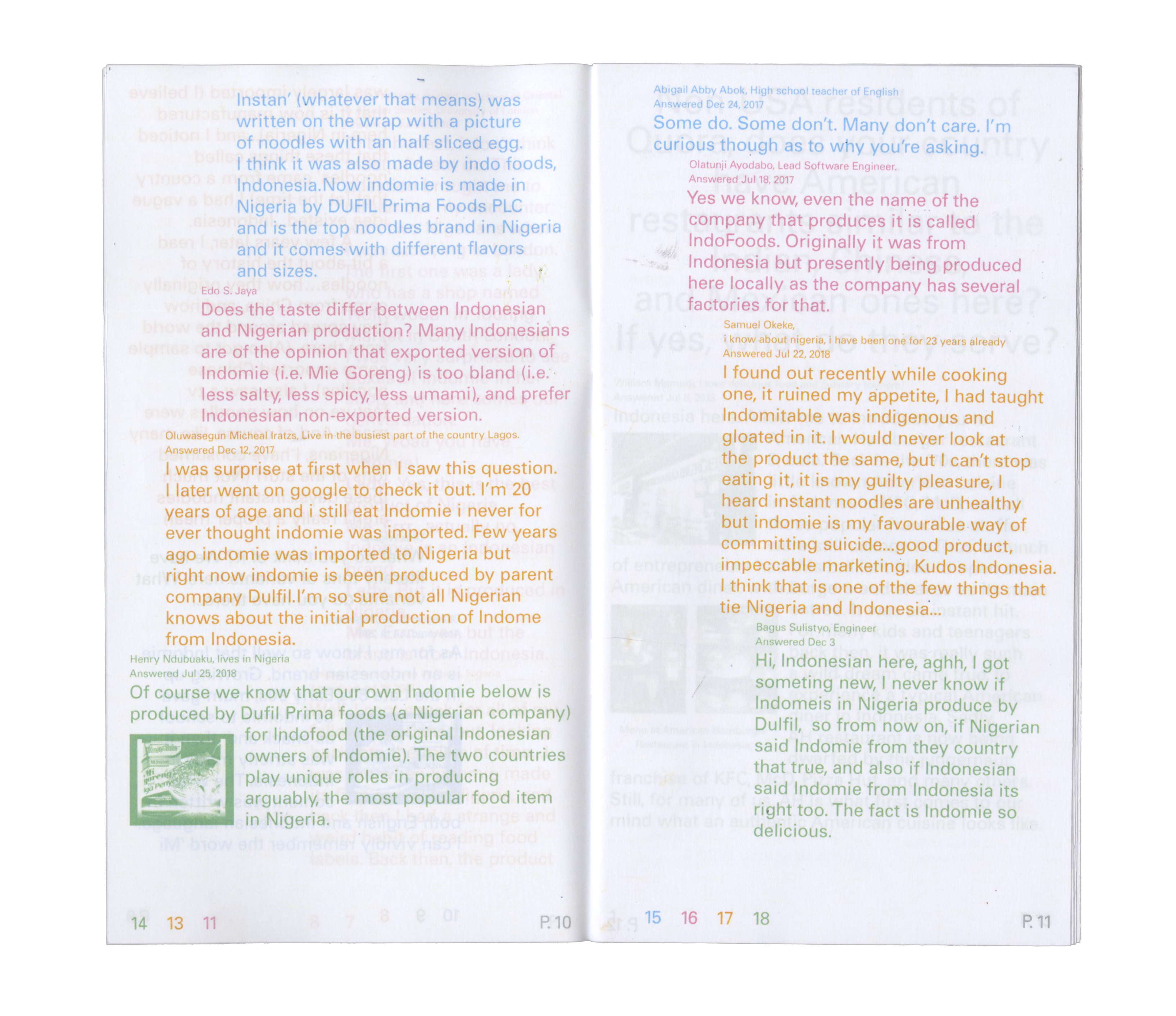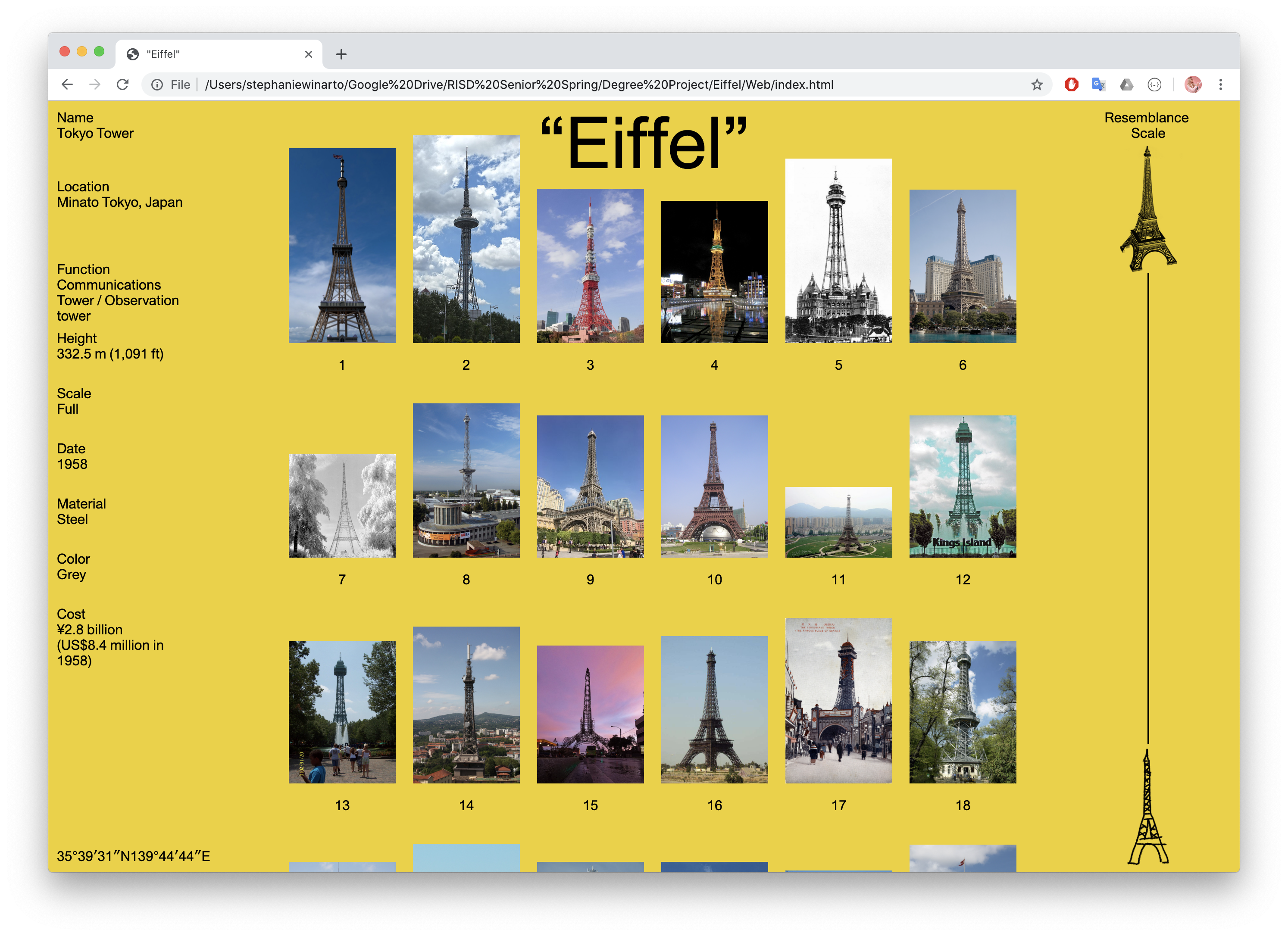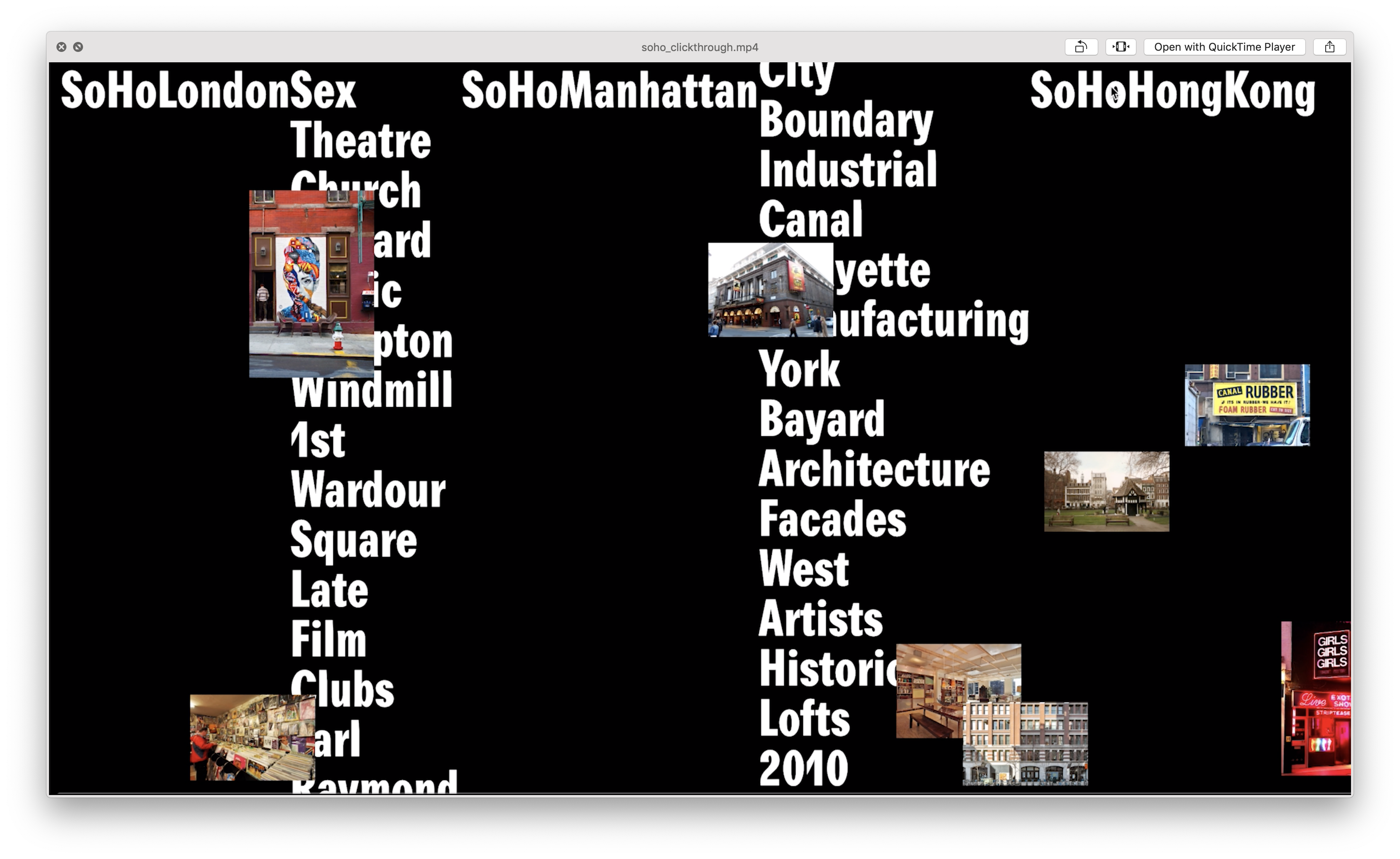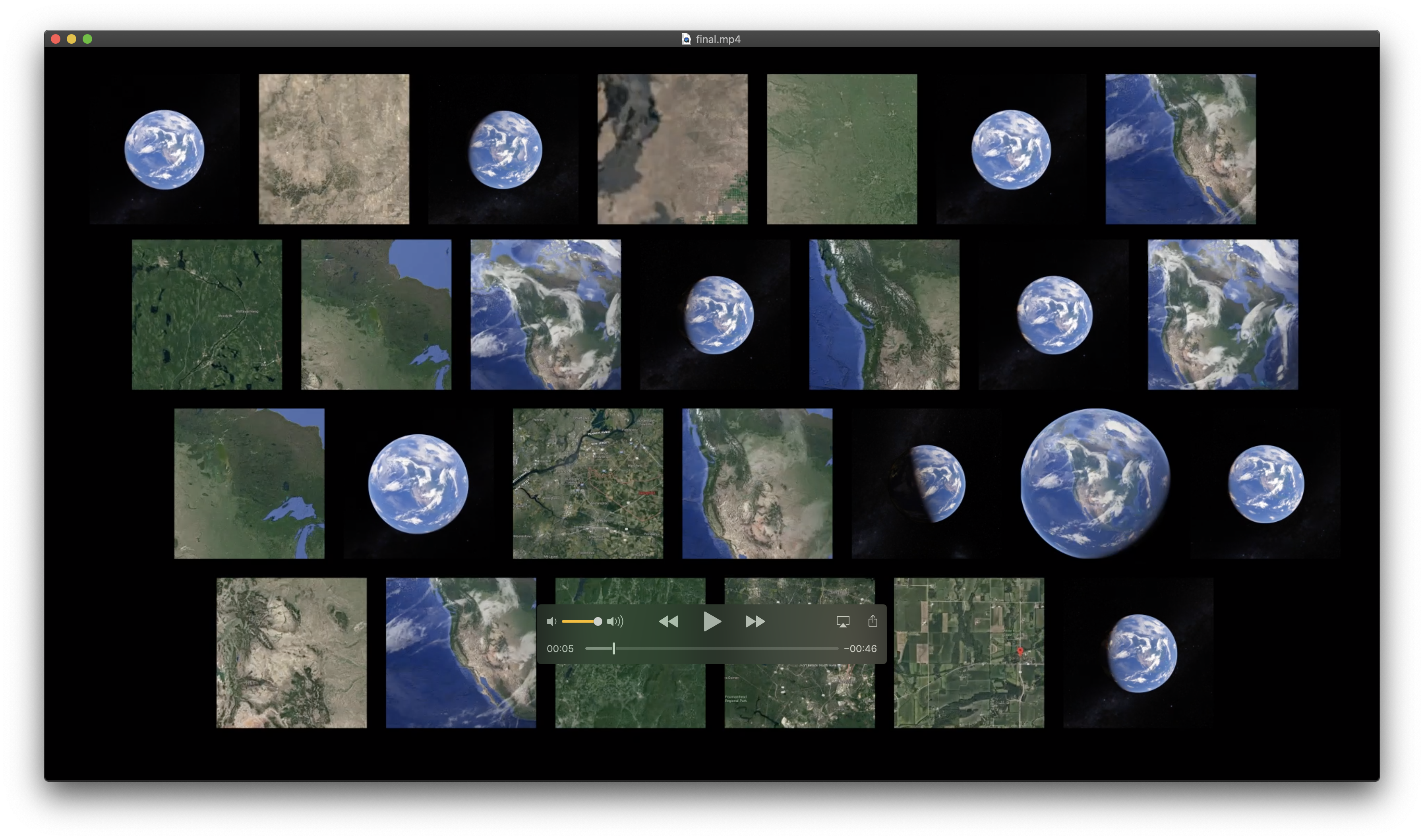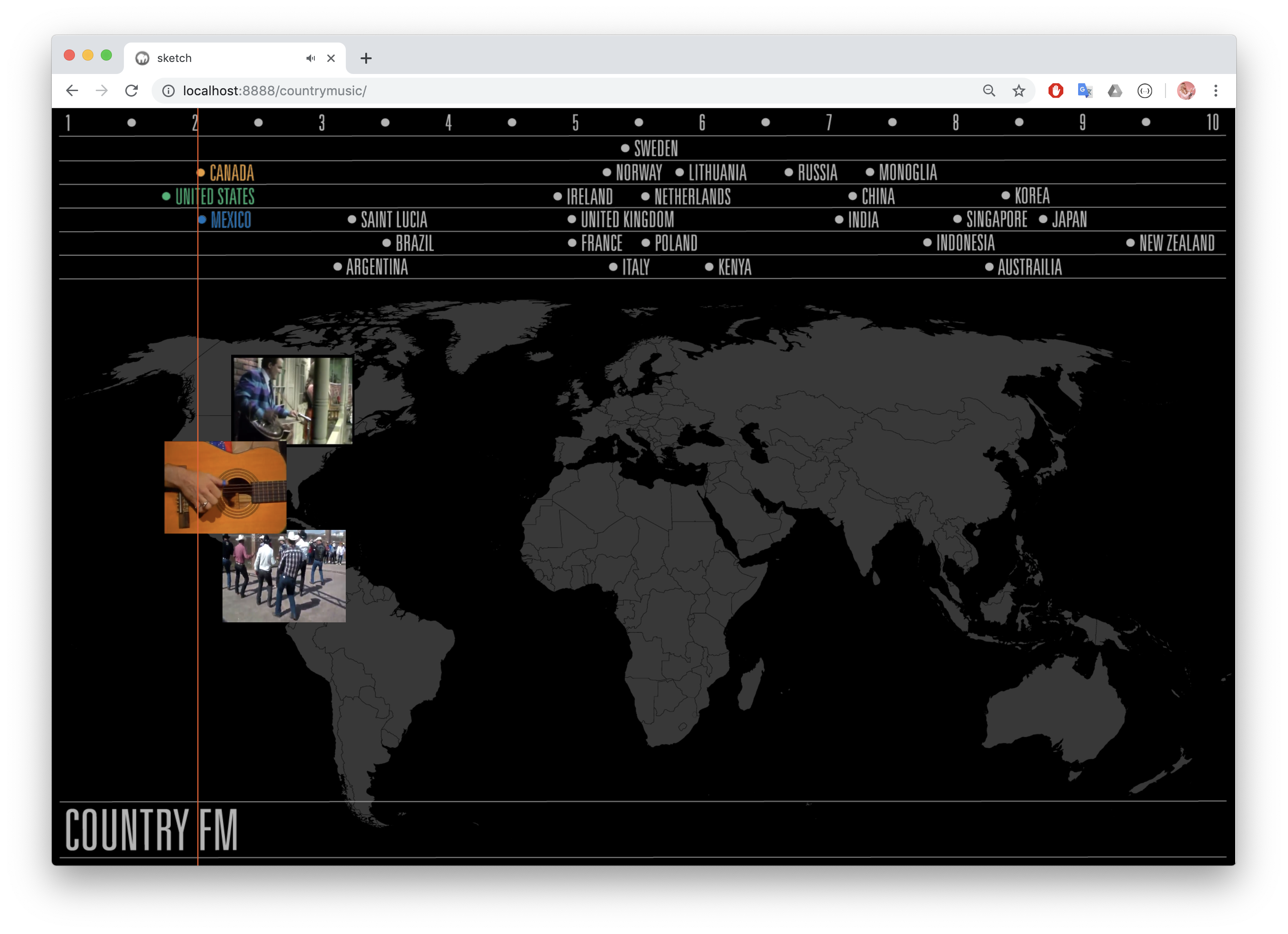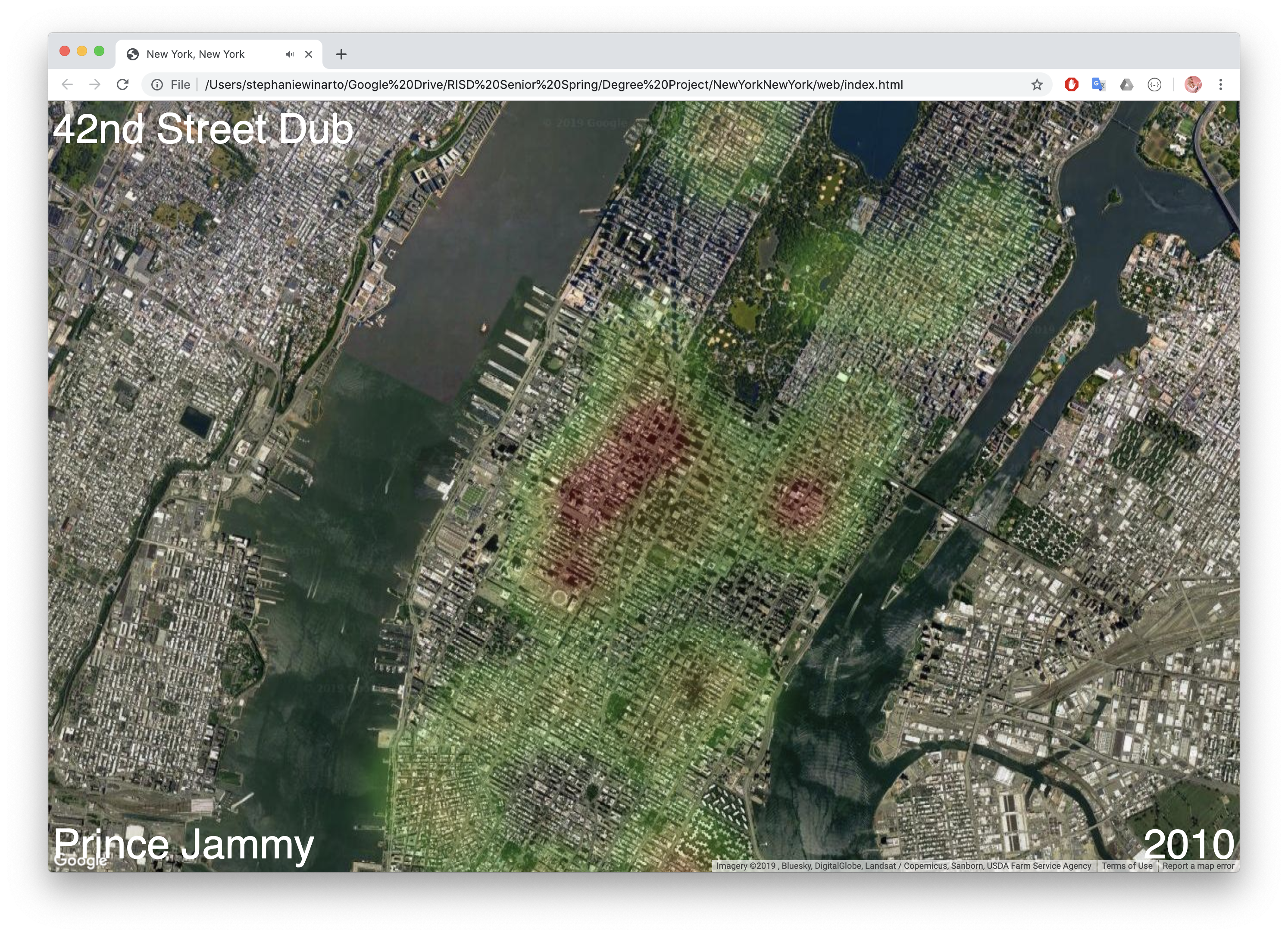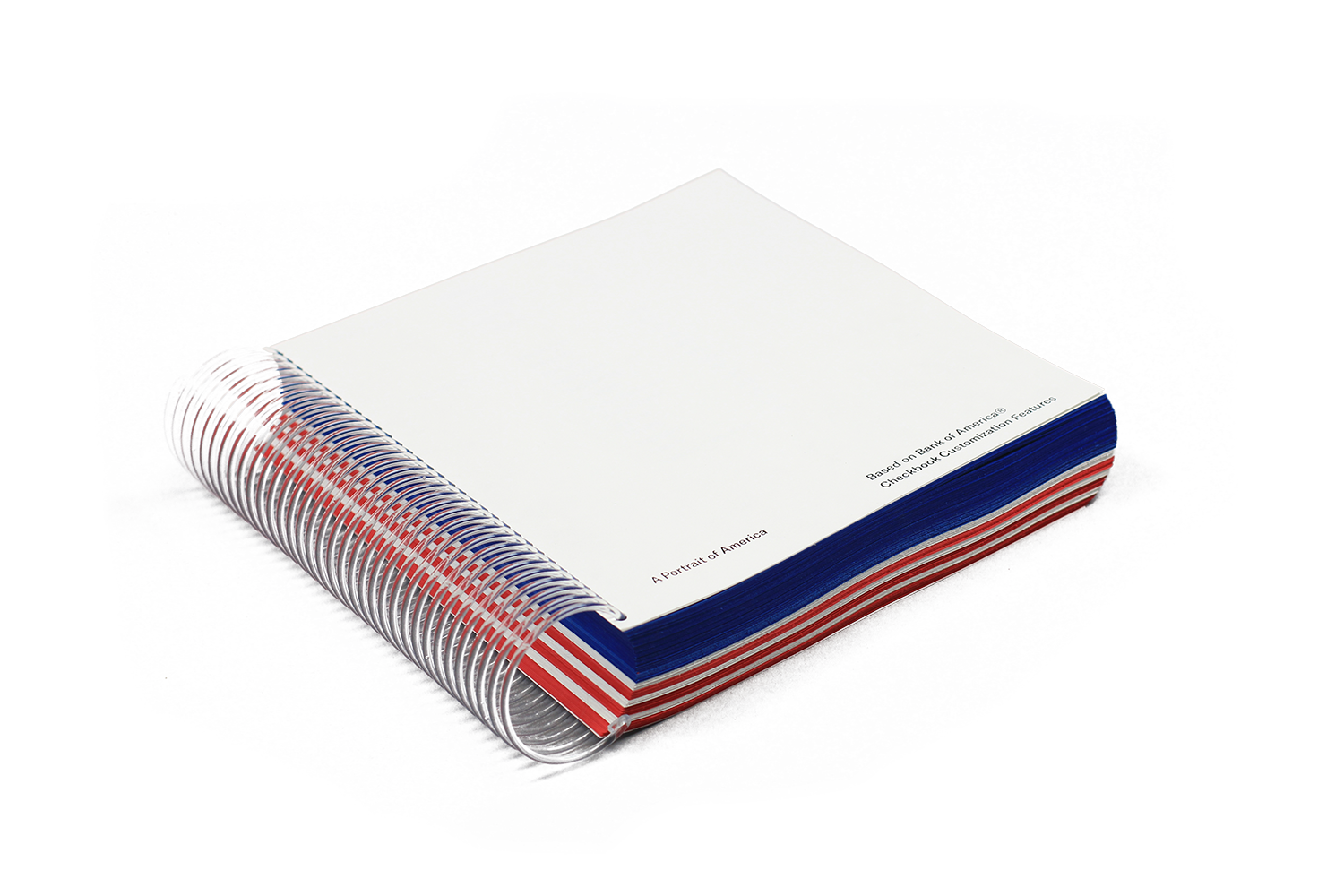Mapping Elsewheres is a body of work about understanding the familiar and the foreign. It is about our relationship with physical and non-physical ‘Elsewheres.’ In a world that is increasingly compressed, urban and social spaces begin to overlap. Our everyday become prone to duplications, generalizations, and geographical / cultural slippages—such normalized phenomenas shape the world we know today.
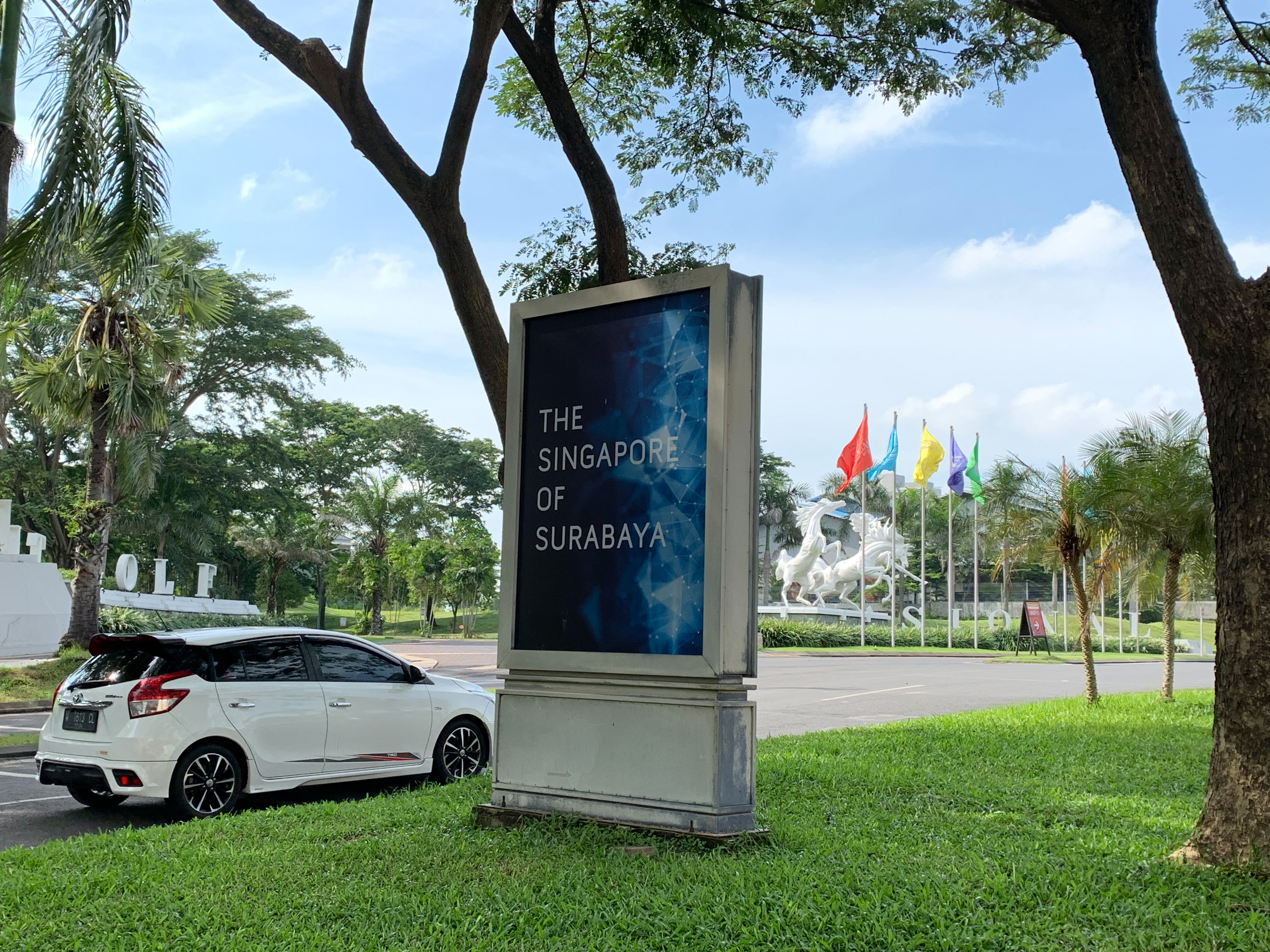
My line of inquiry started at home, questioning something I grew up overlooking. CitraLand is a growing 5000 acre development in Surabaya, Indonesia, about 15 miles from the city’s downtown. Neatly lined trees, coffee shops, international schools decorate this expanse of land on the west side of Surabaya. Their marketing slogan—‘The Singapore of Surabaya’—boasts a utopic neighborhood modeled after Singapore, a city-state
850 miles away
is a growing 5000 acre development in Surabaya, Indonesia, about 15 miles from the city’s downtown. Neatly lined trees, coffee shops, international schools decorate this expanse of land on the west side of Surabaya. Their marketing slogan—‘The Singapore of Surabaya’—boasts a utopic neighborhood modeled after Singapore, a city-state
850 miles away .
.
Growing up with frequent visits to Surabaya, CitraLand’s ambitious slogan was certainly not puzzling enough to ruminate over. Now looking back, I begin to question the logic of this ‘city-within-a-city’ concept.
![]() 1
1
Miniature Eiffel Tower at Pakuwon Trade Center, Surabaya, Indonesia
Taking examples just from Surabaya, there were many more instances where the ‘Elsewhere’ seeps into the local. At a mall, a miniature Eiffel Tower1 sits in the middle of the plaza, next to pet stores and gaming cafes.
As the world becomes increasingly ‘smaller,’ what other things have we been conditioned to think is normal?
Links
New York Times article on Citraland →
Yale gathers information on Master-Planned Communities →
‘Fake’ cities in China →


Growing up with frequent visits to Surabaya, CitraLand’s ambitious slogan was certainly not puzzling enough to ruminate over. Now looking back, I begin to question the logic of this ‘city-within-a-city’ concept.
- Is it actually possible to transplant a city to another completely different country? If so, how?
- What are the characteristics of a city that allows it to be duplicated, mimicked, or aspired to?
- If globalization and technology bring people and places closer, can the ‘here’ and ‘there’ eventually overlap?
-
What aesthetics, concepts, and ways of seeing are introduced when boundaries that govern the local / global collapse?
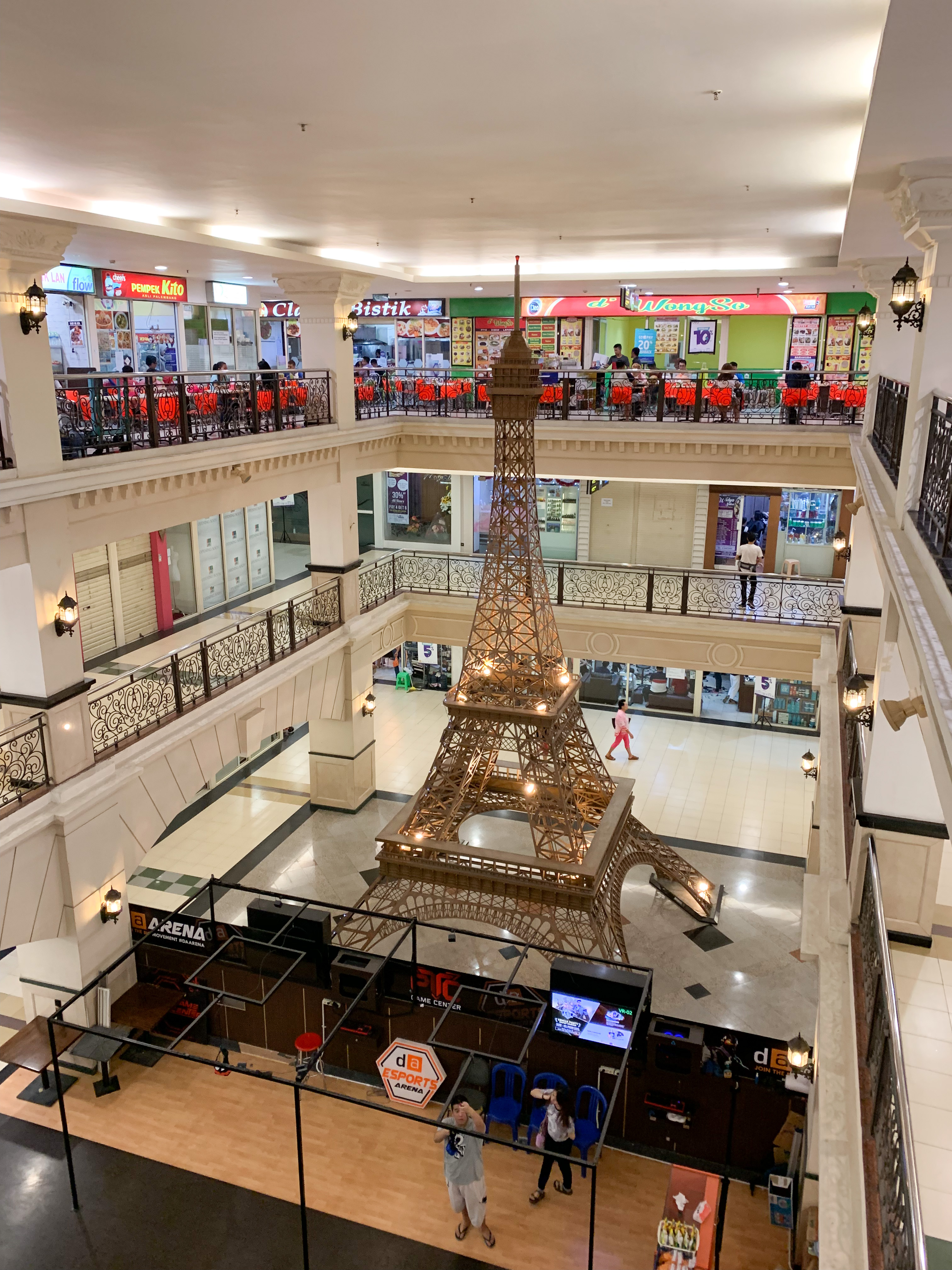 1
1Miniature Eiffel Tower at Pakuwon Trade Center, Surabaya, Indonesia
Taking examples just from Surabaya, there were many more instances where the ‘Elsewhere’ seeps into the local. At a mall, a miniature Eiffel Tower1 sits in the middle of the plaza, next to pet stores and gaming cafes.
As the world becomes increasingly ‘smaller,’ what other things have we been conditioned to think is normal?
Links
New York Times article on Citraland →
Yale gathers information on Master-Planned Communities →
‘Fake’ cities in China →
